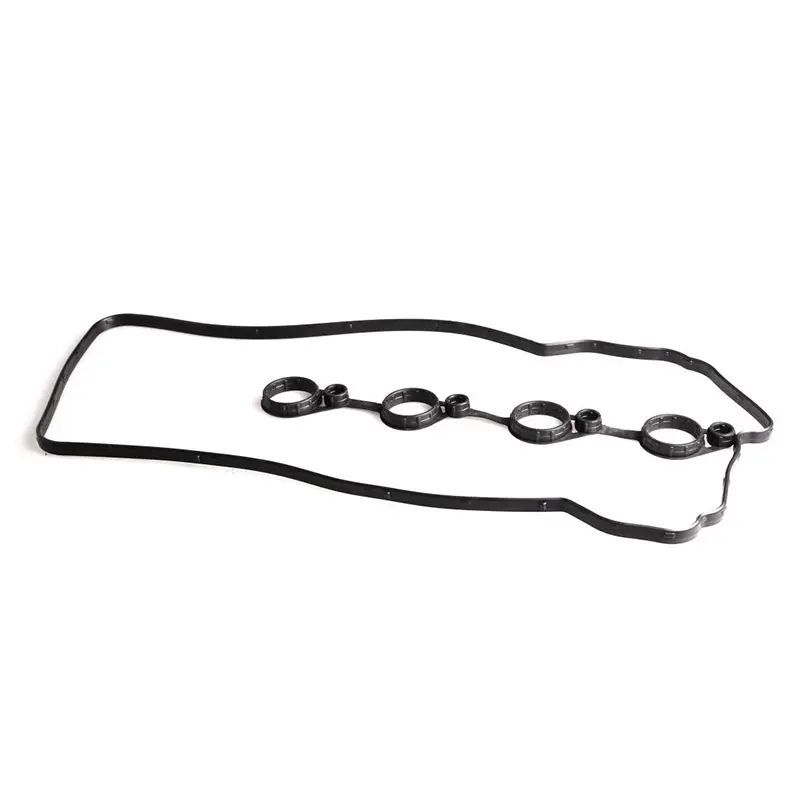11 月 . 01, 2024 18:07 Back to list
Understanding the Importance of Valve Cover Gasket in Engine Performance and Maintenance
Understanding the Importance of Valve Cover Gaskets
The valve cover gasket is a crucial component in your vehicle's engine, playing a pivotal role in ensuring optimal performance and longevity of the engine. This often-overlooked part plays a significant role in sealing the valve cover to the cylinder head, preventing oil leaks and protecting sensitive engine components from contaminants.
What is a Valve Cover Gasket?
The valve cover gasket is typically made of rubber, cork, or silicone material and is located between the valve cover and the engine cylinder head. Its primary function is to create a hermetic seal, allowing engine oil to remain within the engine while preventing dust, dirt, and debris from entering. Given the high temperatures and pressures within an engine, the gasket must be durable and capable of withstanding these conditions without degrading or losing its sealing capability.
Signs of a Failing Valve Cover Gasket
Over time, valve cover gaskets can wear out due to age, heat, and exposure to various engine fluids. As a result, they may begin to leak oil, causing several visible signs. One of the most noticeable indicators of a failing valve cover gasket is oil spots or puddles beneath your vehicle. Additionally, you may spot oil accumulating around the valve cover itself or on other engine components. Another warning sign is a burning oil smell, which can occur if leaking oil drips onto hot engine parts.
valve cover gasket

The Consequences of Ignoring a Bad Gasket
Neglecting a failing valve cover gasket can have severe repercussions for your vehicle. If oil leaks from the gasket, it can compromise the lubrication and cooling of engine components, leading to increased friction, overheating, and even engine damage. Moreover, if contaminants enter through the compromised seal, they can cause further wear and damage to crucial engine parts, resulting in costly repairs.
Replacing a Valve Cover Gasket
When it comes time to replace a valve cover gasket, it is crucial to follow a complete procedure to ensure that the new gasket seals properly and retains its integrity over time. The process typically involves removing the valve cover, cleaning the surfaces, and using the proper torque specifications to secure the new gasket. DIY enthusiasts should consult their vehicle’s service manual for specific instructions related to their engine type.
In Conclusion
In summary, the valve cover gasket is an essential component of your vehicle's engine that deserves careful attention. Regular maintenance, along with prompt replacement when signs of wear or leaks are detected, will help ensure the longevity and efficiency of the engine. By recognizing the importance of this unassuming gasket, vehicle owners can take proactive measures to avoid more significant issues down the road, ultimately saving time and money in the long run. Remember, preventative care today can keep your engine running smoothly for years to come.